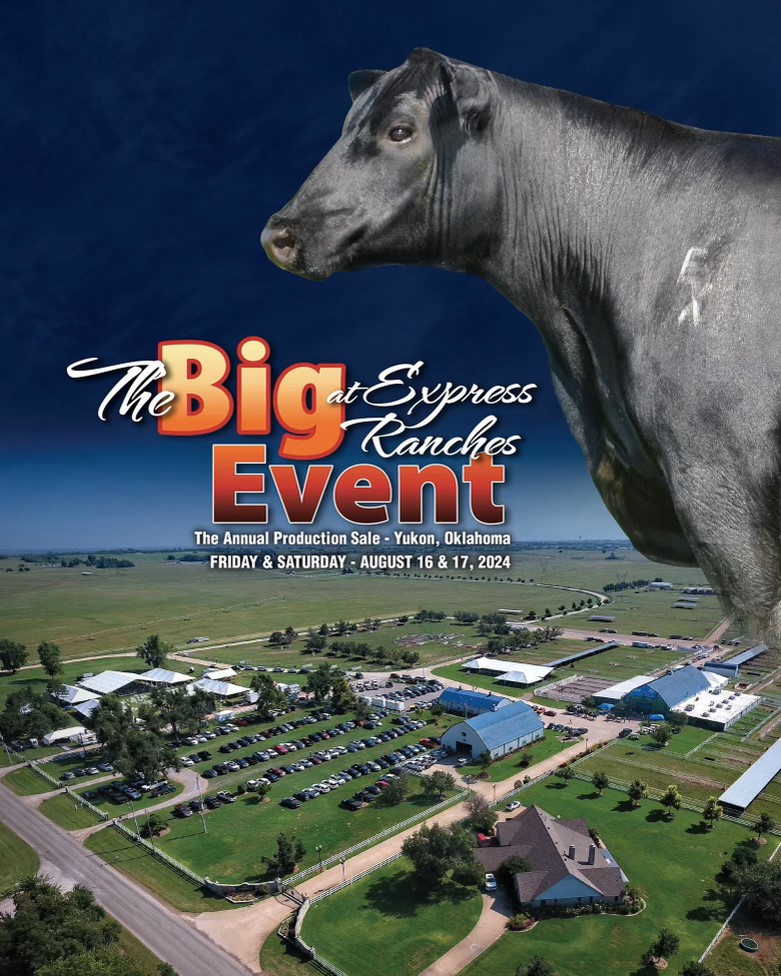
Agricultural News
Wal-Mart's Decision for Choice Grade Beef Brings Changes to Beef Industry
Wed, 09 Nov 2011 15:56:51 CST
 The following is an analysis on the Wal-Mart announcement to cary Choice grade beef by Steve Meyer with the Daily Livestock Report. Also, click on the LISTEN bar below to hear from Erica Rosa-Sanko with the Livestock Maret Information Center with her thoughts on the announcement by Wal-Mart and what it means to the cattle marketplace.
The following is an analysis on the Wal-Mart announcement to cary Choice grade beef by Steve Meyer with the Daily Livestock Report. Also, click on the LISTEN bar below to hear from Erica Rosa-Sanko with the Livestock Maret Information Center with her thoughts on the announcement by Wal-Mart and what it means to the cattle marketplace.
"Wal-Mart's recent announcement that it will begin carrying Choice grade beef in all of its 3800 U.S. stores will yet again change some key dynamics in the beef sector from feeding practices all the way back through the seedstock sector.
When the number one food retailer in the country essentially changes the favored "brand" of a major product line, it matters to both the newly adopted brand and the one that is removed from store shelves. We believe there are two primary reasons, in a broad sense, for Wal-Mart's change.
The first is simply availability. We do not know how many million pounds of beef Wal-Mart sells each week but suffice it to quantify it as "a whole lot!" In the 1990s and early 2000s when Wal-Mart was expanding its grocery business by adding Supercenters, converting traditional stores to Supercenters and penetrating metropolitan areas, there simply was not enough Choice beef being produced to supply the needs of the mega-retailer. As can be seen at right, between 50 and 55 percent of all steer and heifer slaughter graded Choice with very obvious seasonal variation that further limited supplies during summer months. That began to change in 2008 when Choice grading percentages began a steady increase that peaked out so far early this year at 67%. Grading fractions since then suggest that the growth may be leveling off but Wal-Mart's decision will put new fuel on the Choice grade fire.
The second reason is, you have surely guessed, the flip side of the supply coin, price. Or, more accurately, relative price. The growth of Choice beef grading numbers has allowed Choice beef to be priced much closer to Select grade beef over the past three years with Select priced on a few occasions higher than Choice. Many cattlemen have lamented that they were "giving away" Choice beef because of this very tight spread. But the fact is that they were bringing their ultimate customer better and better value and the payoff is adoption of their higher quality product by the largest U.S. outlet! As brokerage EF Hutton once said: They've gained business the old fashioned way they've EARNED it.
But as with many things economic, a change in behavior means that the factors driving behavior change as well. That is especially true of prices and we can see that the Choice-Select spread has widened substantially as talk of Wal-Mart's change has filtered through the industry. The spread fell slightly last week to $17.94/cwt. after reaching $18.10 the week before. That is the highest weekly Choice-Select spread since the week of December 16, 2006. Interestingly, the decline was driven primarily by a decline in the Select cutout value. Since the spread surge began in late August, the weekly average Choice cutout has gained about $2.50 $187.52 last week vs. $185.05 the week of August 19.
Over the same period, the Select cutout has fallen by a little over $12. When the largest retailer in the country stops buying a particular product, there are repercussions and long-lasting ones. So what will be the long-term impact? Obviously, this will reinsert a premium for Choice grade cattle, providing larger incentives to feed for Choice. That includes critical decisions about calves' energy intake from early in life, not just in the feedlot. It will also favor breeds that are noted for marbling. Those are primarily the British breeds (Angus, Hereford and Shorthorn). Conversely, it will put more pressure on breeds from continental Europe (Chianina, Maine-Anjou, Simmental, Limousin are examples) that are usually more noted for muscle volume than for muscle quality. It will also work against breeds based on Zebu cattle such as Brahmans.
They have strong points but grading is not on of them. But things will not remain the same forever. How long will it take for cattlemen to respond to the signal and raise enough Choice cattle to reduce the spread once again?"
WebReadyTM Powered by WireReady® NSI
Top Agricultural News
More Headlines...




















